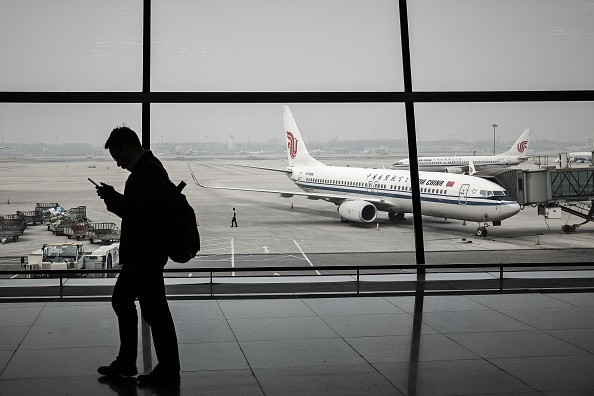China's "big three" carriers--Air China Ltd., China Eastern Airlines Corp. and China Southern Airlines Co.--reported a combined profit of 16.3 billion yuan ($2.4 billion), the biggest since 2010, according to filings submitted to the exchange on Thursday, March 27, China Daily reported.
According to Bloomberg, the gains of the three carriers could be attributed to the increase in the number of direct flights from mainland China to Europe and the U.S., with no stopover in Hong Kong and Singapore. The airlines also expanded their markets with the addition of new aircraft and more destinations. Chinese airlines bridging flights, however, are still available.
In the past decade, the three airlines have served some 488 million people, equivalent to the combined populations of Germany, the U.S. and the U.K.
"Chinese travelers prefer to fly with Chinese airlines and hence, as the Chinese travel more, their airlines benefit," Steve Saxon, a Shanghai-based partner at McKinsey & Co, said. "Beijing, Shanghai and Guangzhou are all becoming powerful hubs as well, being able to draw traffic from China to Europe and U.S., increasingly competing with Tokyo, Seoul and Hong Kong."
The big three's earnings also justify their strategy of capacity expansion, new routes and cheaper fares.
As the yuan depreciated in the last quarter, the three companies increased their sales by selling their yuan-denominated bonds and reduce financing costs by cutting their dollar debts.
With the airline market growth of 11 percent last year, China's carriers have kept up with the demand for air travel by increasing their aircraft, the report said.
Cathay Pacific Airways Ltd, the Hong Kong carrier, suffered the effects of the three carrier's expansion as it reported its first loss in eight years. It is also undergoing a three-year corporate transformation program that resulted in job cuts and changes to management.
Being state-owned companies, the three airlines were able to take the majority of the air rights given by regulators. Its new destinations now include Brisbane, Las Vegas, San Jose and Adelaide. The three airlines control nearly 80 percent of the international market, the report said.
Among Chinese rivals, Hainan Airlines Co., a company controlled by billionaire Chen Feng's HNA Group, is the most aggressive. Its profits grew 4.5 percent in 2016 to 3.14 billion yuan, with sales up 16 percent.
According to Saxon at McKinsey, the demand for outbound travel is still strong and investing in an expansion is a good decision.
In 2016, more than 120 million Chinese traveled abroad, making the country the world's largest source of outbound tourism. China tourism is also considered a billion-dollar business abroad.
Global operators also showed their interest to invest in Chinese airline industry. Last week, American Airlines Group Inc., the world's largest carrier, agreed to invest $200 million in China Southern in a code sharing deal. in 2015, Delta Air Lines Inc. also signed a $450-million investment in China Eastern.



























